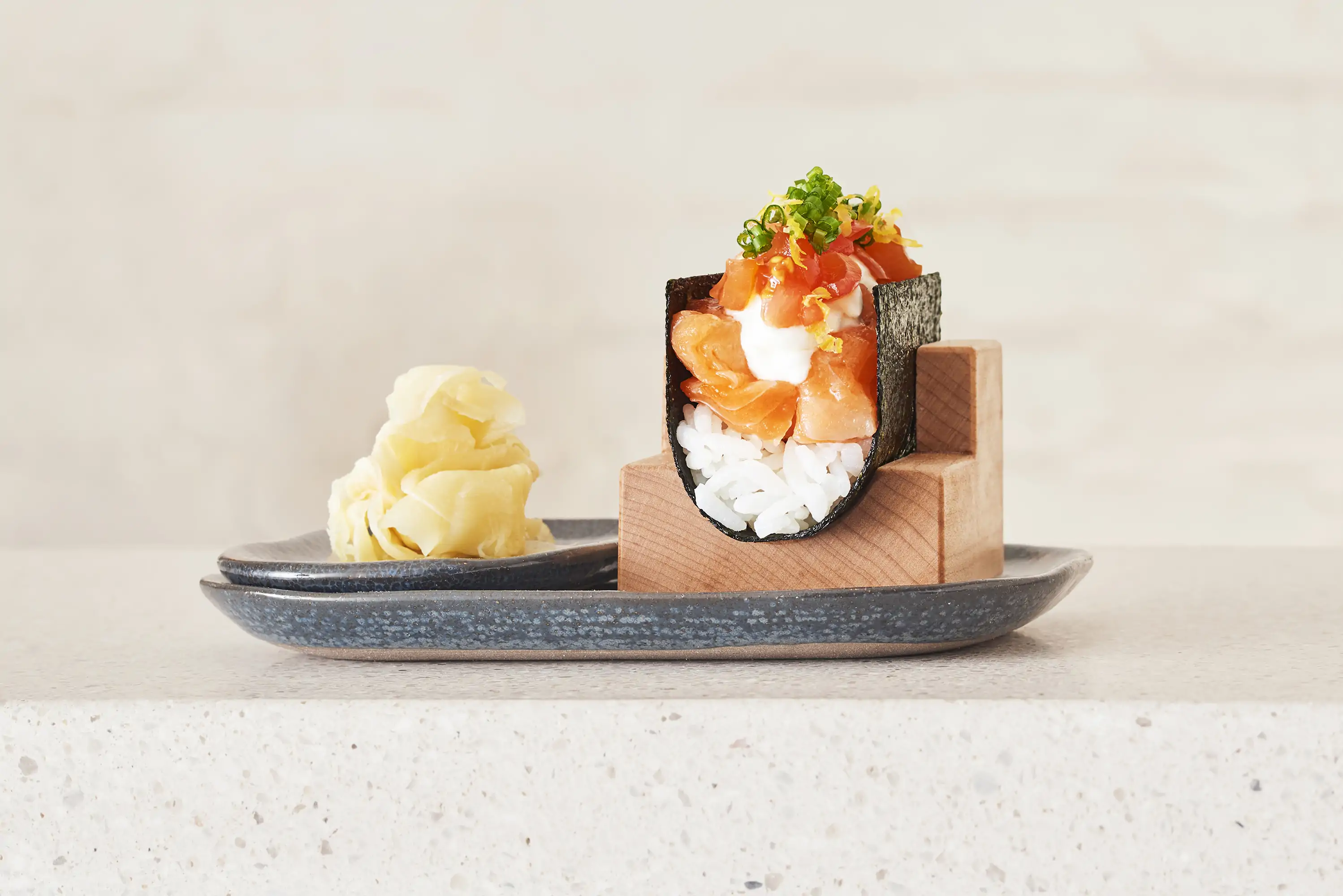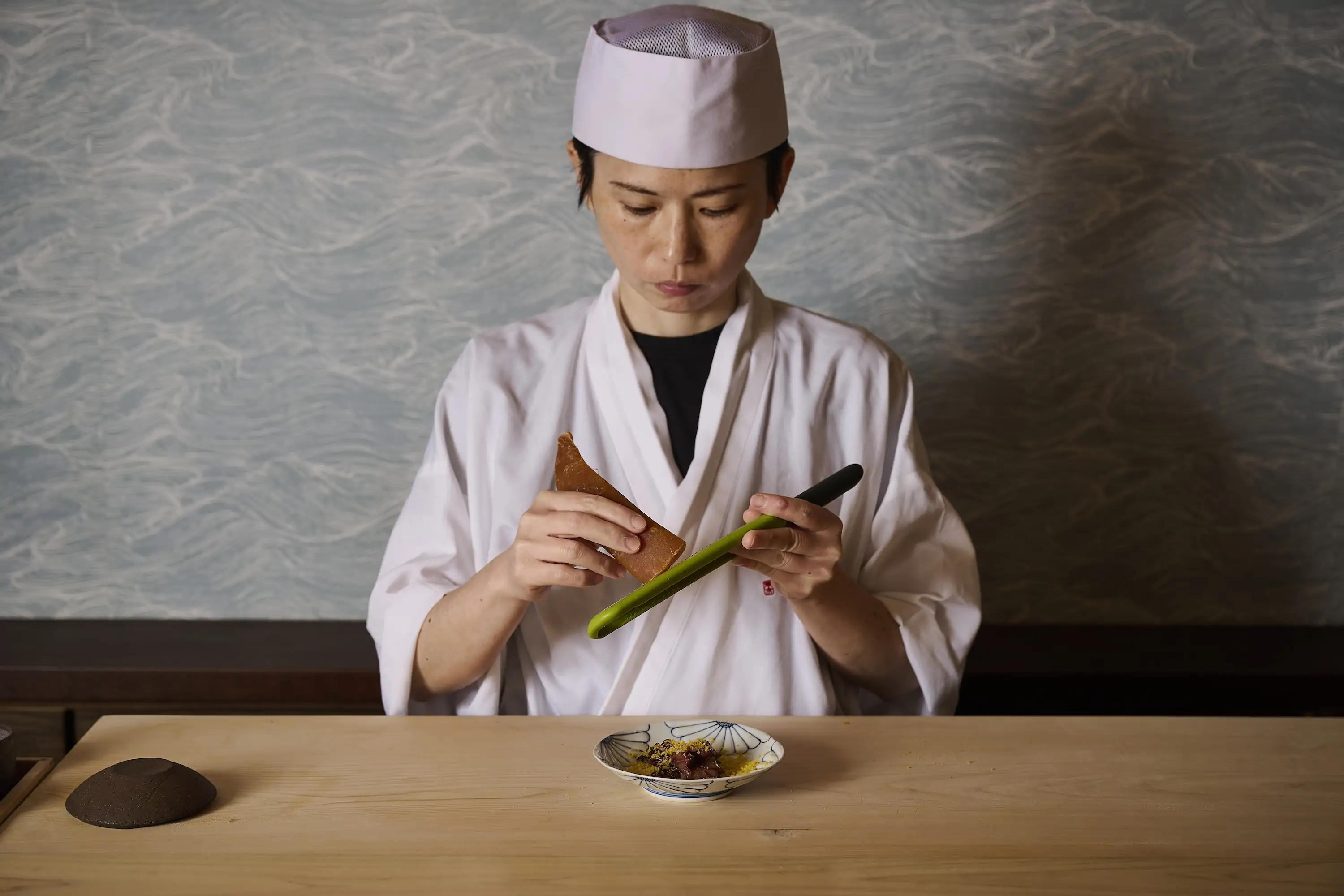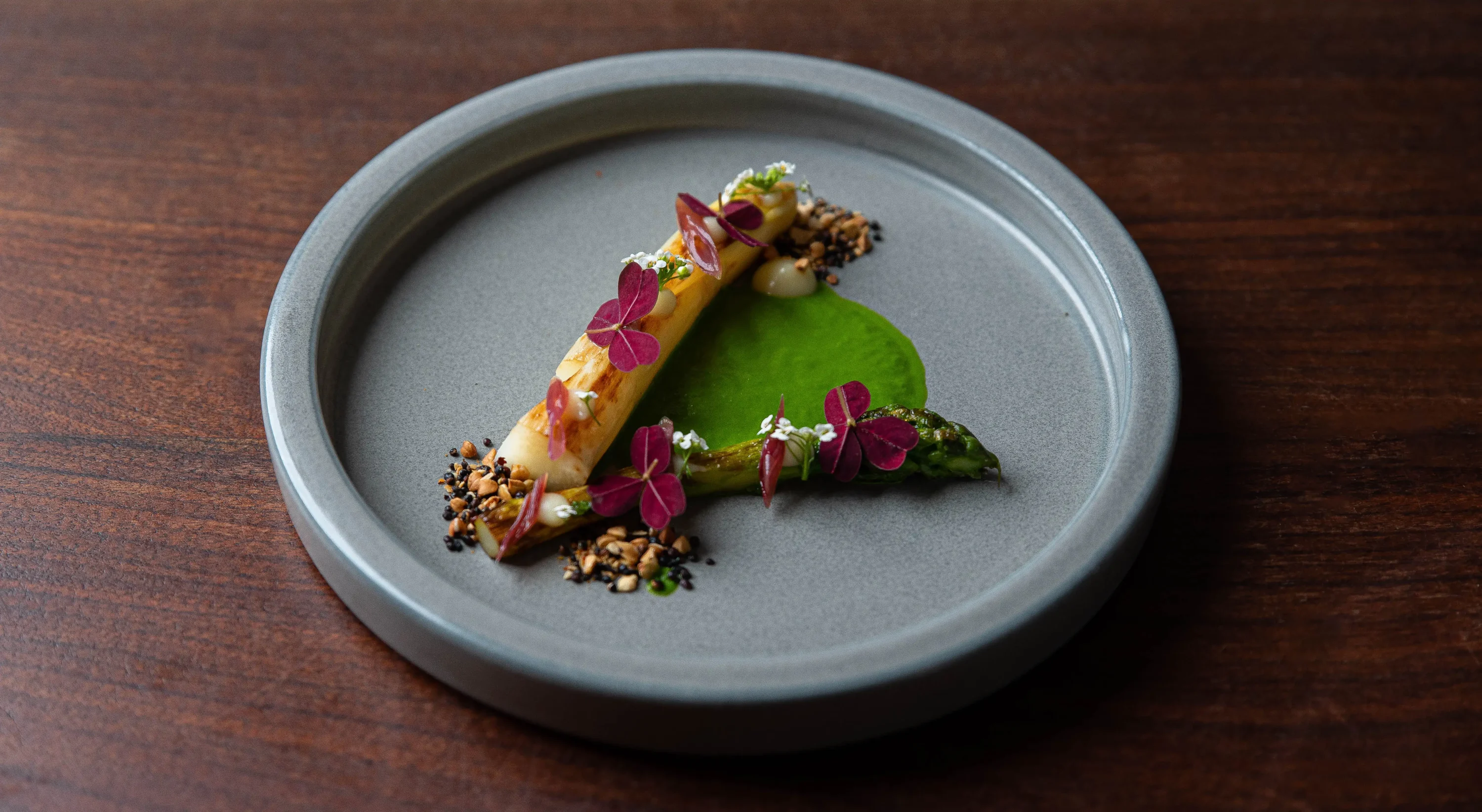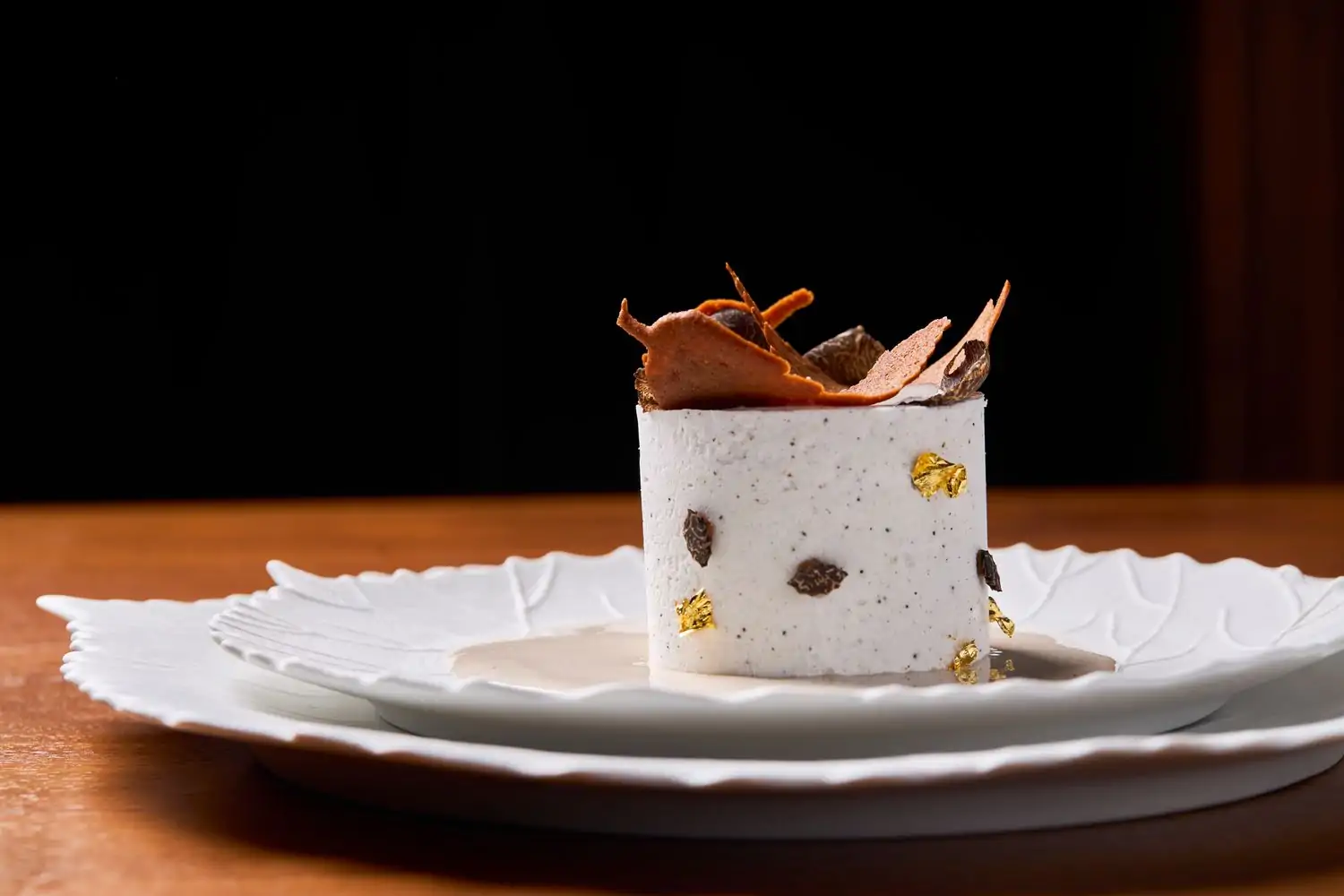While working at three-MICHELIN-Starred sushi gem Masa six years ago, Lisa Limb noticed the amount of high-end omakase restaurants that were popping up all over the city. She craved a more relaxed experience at an affordable price that wouldn’t skimp on the quality of the seafood or the personalized service. Just one year later, that dream became a reality when she opened Nami Nori with her Masa colleagues Taka Sakaeda and Jihan Lee.
“We wanted to sprinkle in a little bit of the high-end experience, but make it still feel casual and create that interaction with the guests,” says chef partner Lee.
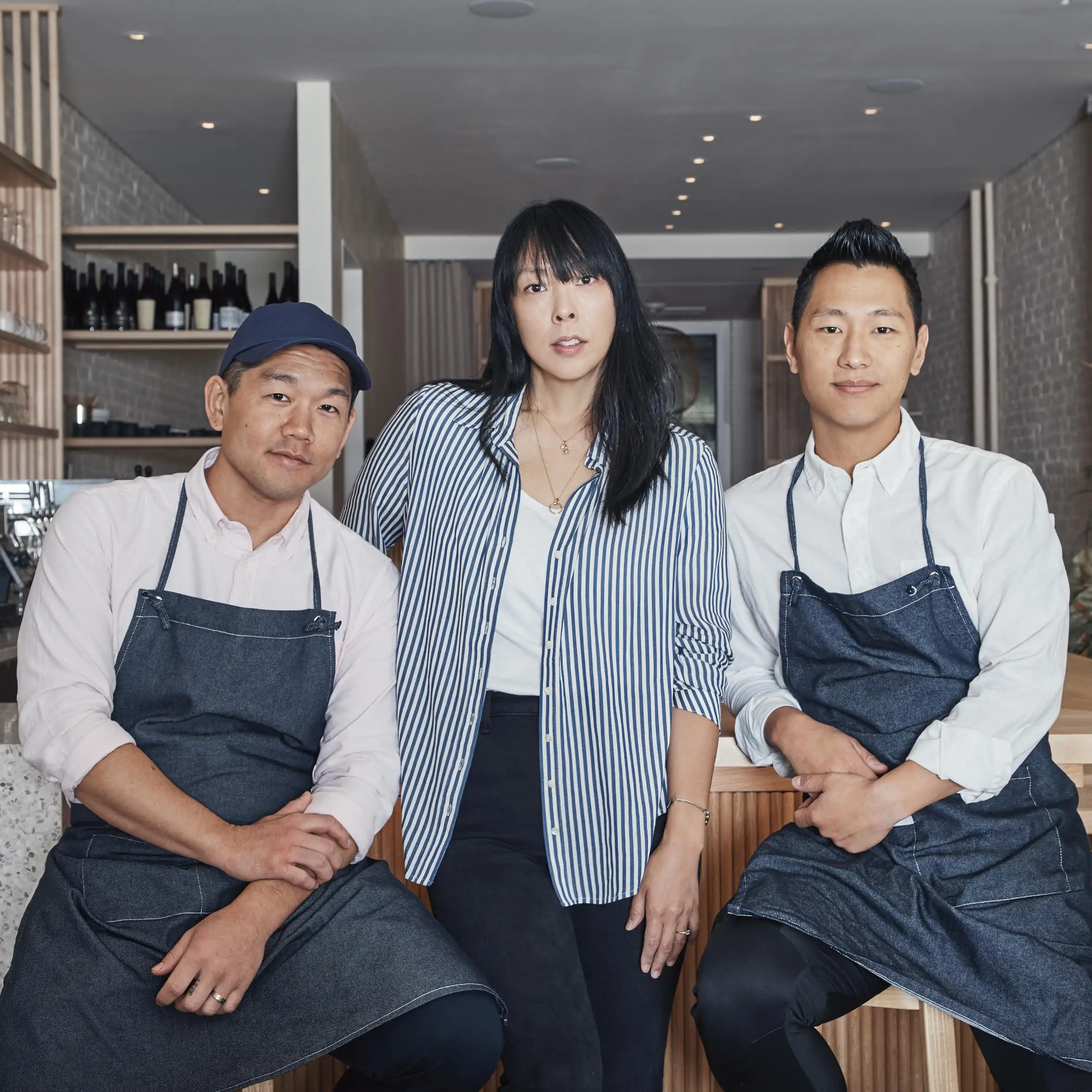
Five years since opening in the West Village, Nami Nori has expanded to Williamsburg and Montclair. Eye-catching hand rolls like scallop with XO sauce and coconut shrimp with green curry have become Instagram darlings, and the restaurants still have lines down the block. In a city now filled with a sea of hand roll options (The New York Times just asked if we’ve hit peak hand roll yet?), Nami Nori still remains one of the most reliable and popular destinations.
But it wasn’t always that way. Hand rolls were still relatively rare in New York when Nami Nori opened in 2019.
Read on to see how Nami Nori led New York’s hand roll rise, and make a booking on OpenTable.
Why aren’t more places serving hand rolls?
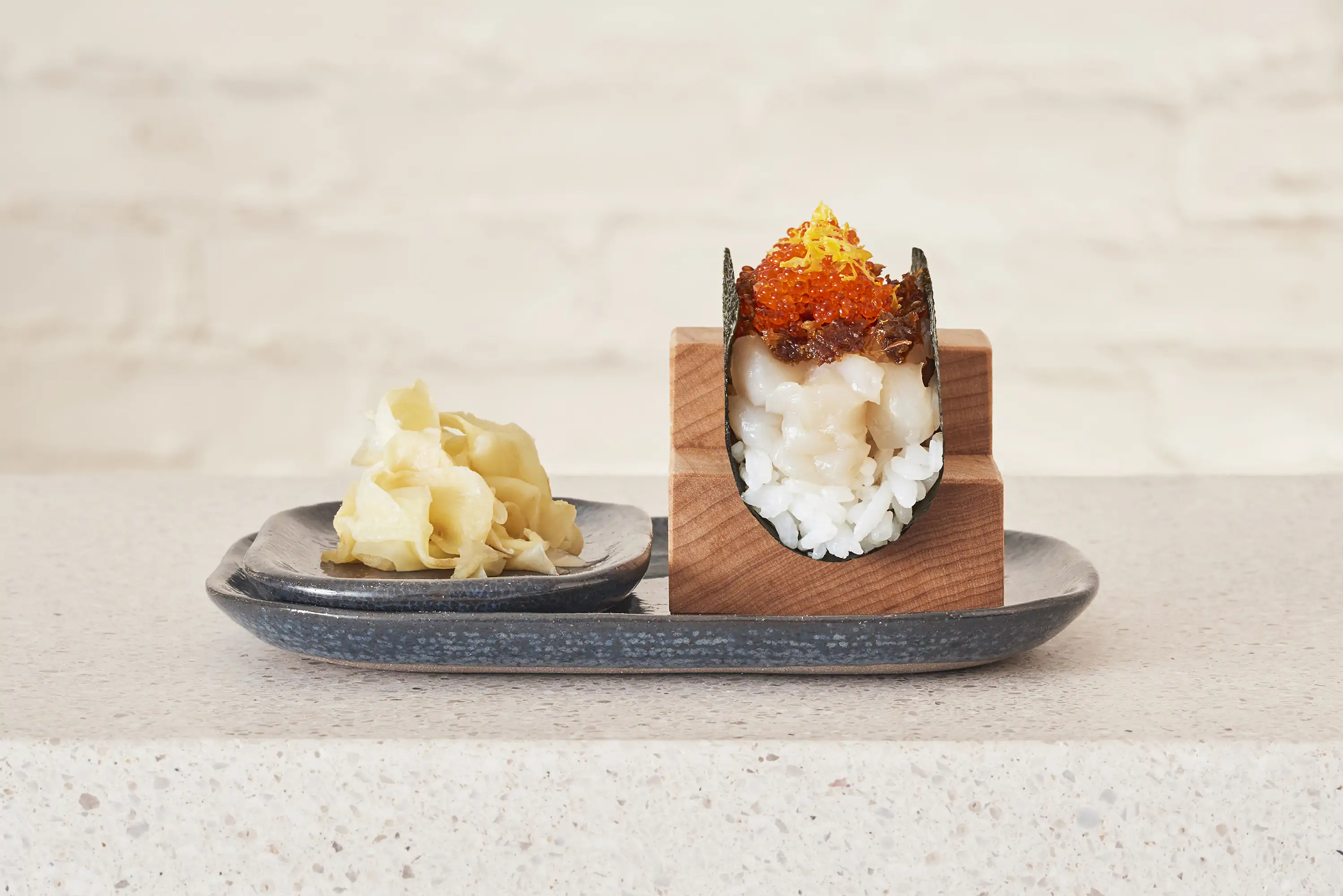
That’s what the Nami Nori team wondered before opening. Places like KazuNori were around, but they were hard to get into. Temaki, or temakizushi as hand rolls are known—they commonly feature nori rolled up around rice like an ice cream cone—were still relatively rare in the city.
“We really thought there was something that we could bring that would be new and different, especially in New York,” says Limb, who is a managing partner at Nami Nori.
Nami Nori’s version is more like a nori taco than an ice-cream cone, and that’s part of what propelled the restaurant’s instant success. “When we first opened, all these food bloggers started coming up,” Lee says. “If you have [the hand roll] opened and people can see what’s inside of it, it’s instantly very Instagram-able. It’s really about eating with the eyes.”
Order the signature set at any Nami Nori location today, and you’ll be treated to a procession of bites like tuna poke with crispy shallots (the chefs will hand them to you one by one if you’re sitting at the counter). The fixed menu captures the intimacy of an omakase, but at $32 for five hand rolls, it feels like an attainable luxury.
A sustainable, ingredient-driven approach
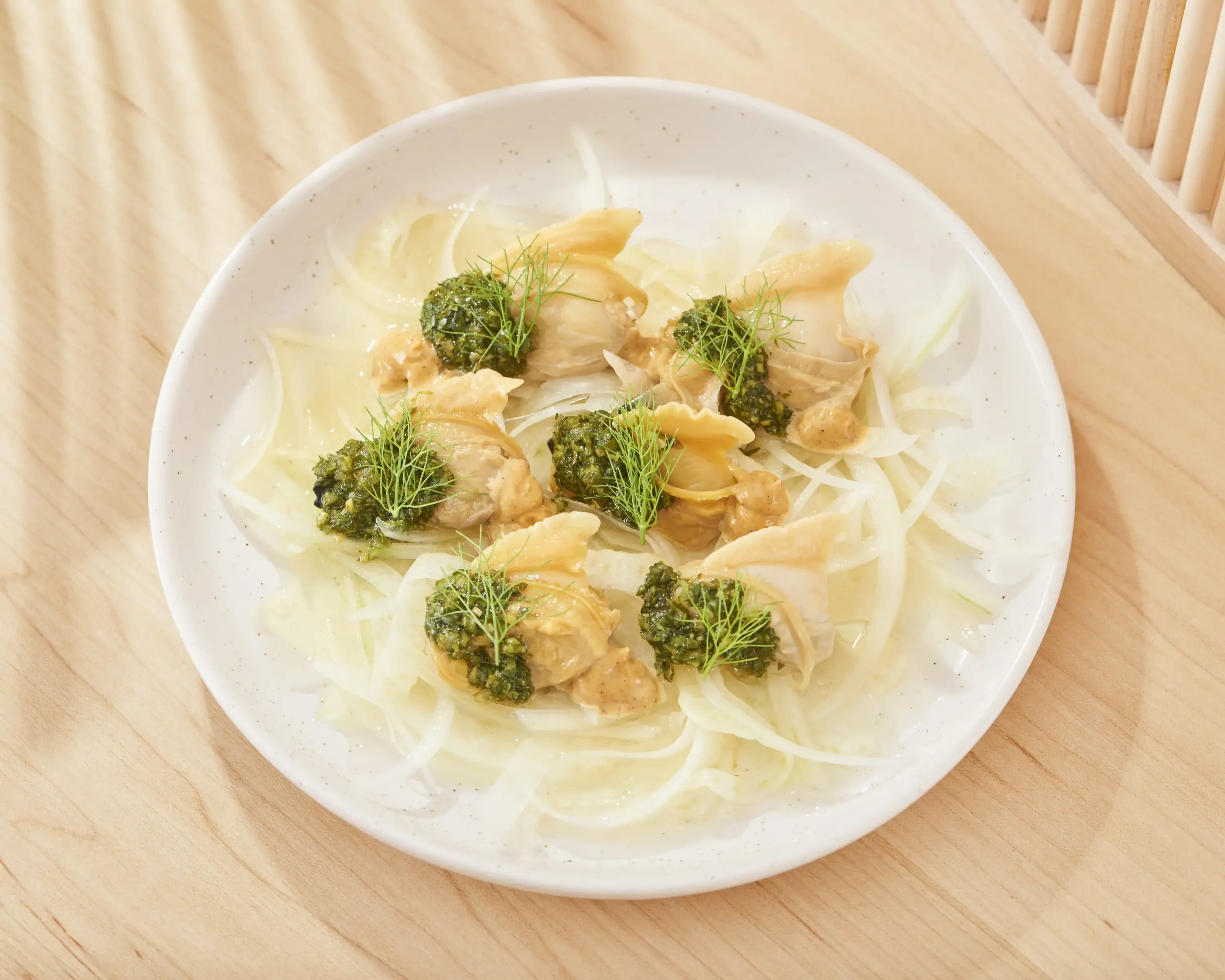
Visuals were of course a factor, but so was the quality of the fish. The reputation of any top sushi restaurant relies heavily on it. “In these rarefied omakase spaces, they’re sourcing from Japan and flying from overseas,” Sakaeda says. “There is a limit of how much we can source locally, but we are looking to be as close to our location as possible.”
That means getting tuna from Boston when it’s available, as well as leaning on fish from the Atlantic Ocean. To get the most eco-friendly fish, the restaurant has cultivated a strong relationship with Yama Seafood, Inc., a New Jersey-based, family-run wholesaler that opened in the 1970s. “He [the owner Nobu Yamanashi] really understands our level of quality and makes sure that he’s sending us the best stuff every time we get a delivery from them,” Sakaeda says.
It’s this meticulous attention to sourcing and ingredients that’s made sure Nami Nori has remained popular even five years on.
Hand roll dominance
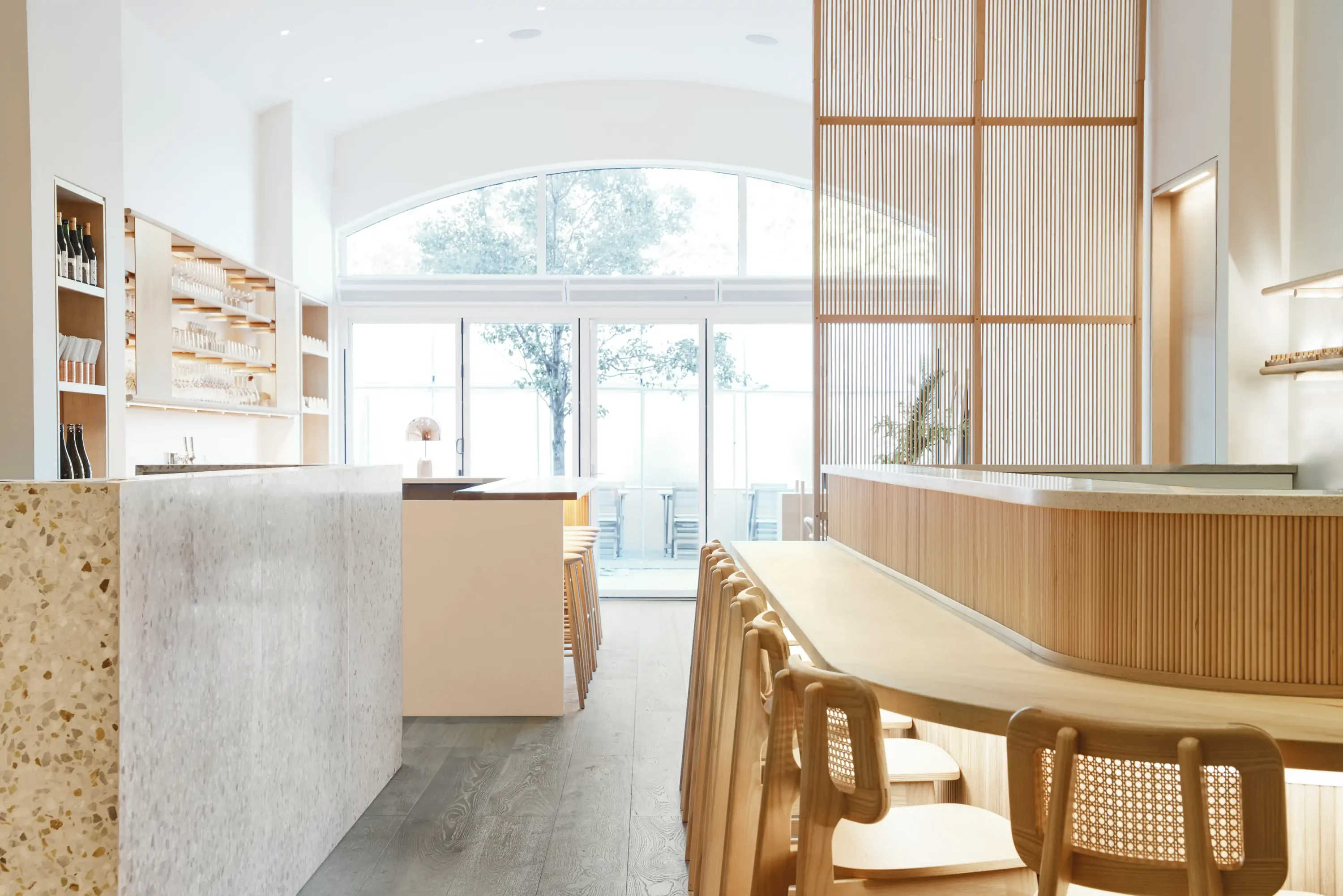
Buoyed by the popularity of the West Village location, the team opened up a second location in Williamsburg, right on the edge of McCarren Park in 2021. A third location in Montclair, New Jersey, followed the next year. Today, Nami Nori’s name is nearly synonymous with hand rolls in the city.
Next up, the team’s sights are set on Miami. But while more outposts may well come along, the team emphasizes that, as with everything else they do, it’s about quality rather than quantity.
“For us, it’s more about really aligning with places that are personal and exciting to us, as opposed to some other brands that may become more ubiquitous,” Limb says. “We’re just really looking for those special destinations where we can spread our style of temaki.”
Diana Hubbell is a James Beard Award-winning food and culture journalist based in Brooklyn. Currently an associate editor at Atlas Obscura, she has also written for Eater, The Washington Post, The Guardian, VICE, Condé Nast Traveler, Travel + Leisure, WIRED, and Playboy, among others.

